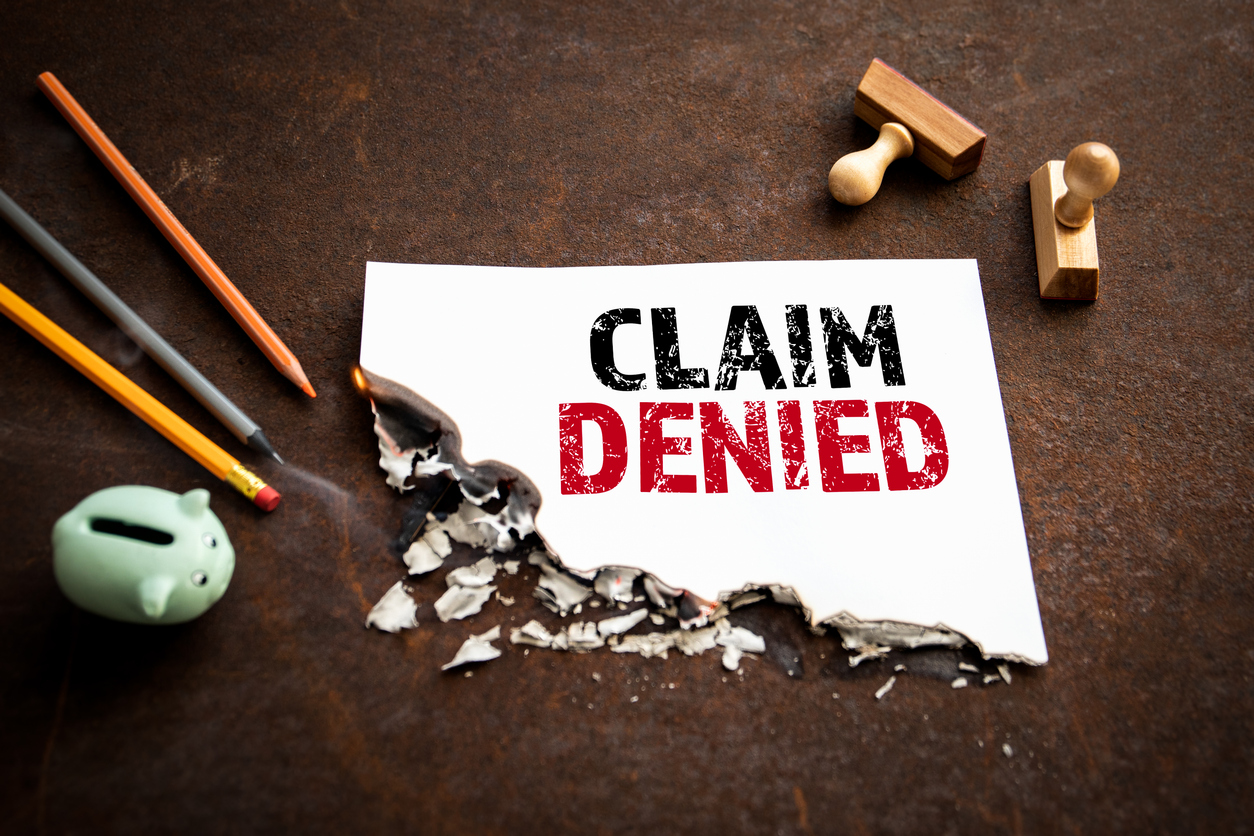State Farm met with California Insurance Commissioner Lara yesterday about an emergency meeting regarding its rates following the Los Angeles wildfires. Meanwhile, State Farm has been busy suppressing the methods it uses to adjust water loss claims in Tong v. State Farm General Insurance Company. This case continues to shed light on State Farm’s handling of water damage claims. What began as a routine insurance dispute over denied coverage for a burst water supply line has now escalated into a battle over discovery violations, alleged obstruction, and a motion for sanctions against State Farm.
At the heart of the dispute are the internal protocols and training materials State Farm uses to assess and deny water damage claims—materials that could expose a systematic approach to denying valid claims. The court has already compelled discovery but allowed a protective order to shield certain alleged proprietary documents from broader public disclosure. Now, the policyholders are seeking sanctions, arguing that State Farm has been dragging its feet in producing court-ordered materials.
William Tong and his wife suffered extensive water damage to their home when a water supply line burst beneath their kitchen. State Farm initially denied their claim, citing a policy exclusion for water lines “below the surface of the ground.” The denial was based on an adjuster’s initial assessment that the ruptured pipe was outside the policy’s coverage zone.
However, further investigation revealed that the damaged line was actually inside the slab, making it eligible for coverage under the policy terms. Despite this discovery, State Farm upheld its denial, and it wasn’t until seven months later—after the policyholders in litigation deposed key adjusters—that State Farm reversed its position and agreed to pay $274,000 in benefits. At least State Farm paid the contract claim, but a lawsuit was required for it to do so.
That delay of payment requiring a lawsuit to be filed is a key component of the bad faith lawsuit. The policyholders argue that State Farm deliberately ignored evidence that supported their claim, failed to conduct a proper reinvestigation, and only relented when faced with depositions that exposed internal decision-making.
Last December, the court issued an order requiring State Farm to turn over critical documents, 1 including:
- Internal training materials on handling water loss claims.
- Claim denial letter templates.
- Guidelines used by adjusters when evaluating water damage.
- Communications regarding how water loss claims are assessed and denied.
However, State Farm argued that these materials contained sensitive commercial information and sought a protective order to prevent broad dissemination. The court agreed to the protective order but insisted that the documents be produced.
This was a significant victory for the policyholders because it forced State Farm to disclose how it trains adjusters to evaluate water loss claims. The materials could reveal whether State Farm has a pattern of systematically denying water damage claims under dubious interpretations of policy exclusions.
It should be noted that State Farm changed its contract from the standard ISO policy language. I suggest it was a blatant attempt to deny more water damage claims than otherwise would be paid under the standard ISO language.
Despite the court’s order, the policyholders now allege that State Farm has failed to comply in a timely manner. In a recent motion seeking sanctions, they argue that State Farm has engaged in obstructionist tactics, 2 including:
- Delaying production of documents well beyond court-imposed deadlines.
- Producing unrelated or irrelevant materials as a diversion.
- Withholding critical water claim denial templates and training guides.
The policyholders assert that State Farm has played a “delay game” since August 2024, initially refusing to produce documents, then agreeing to do so only after a protective order was entered, and now stalling again despite the court’s clear directive. They claim that State Farm has only made token productions while withholding the most damaging evidence.
State Farm argues that it has been actively producing documents and is complying with the court’s order. In its response to the motion for sanctions, 3 the insurer states that:
- There was no set deadline for production, so there is no violation.
- The plaintiffs’ motion is a “manufactured dispute” designed to secure an unfair advantage.
- Documents are being produced in a rolling fashion, but some require more time to locate and review.
State Farm also points to the protective order, arguing that its concerns over confidentiality necessitate a careful review process before handing over documents.
State Farm’s Water Protocol
One of the most contentious aspects of this case is State Farm’s water protocol, which the policyholders allege promotes improper water claim denials. While much of this information remains under the court’s protective order, documents already revealed in litigation suggest that State Farm:
- Uses standardized claim denial templates that adjusters select from when rejecting water loss claims.
- Trains adjusters to rely on specific policy exclusions, such as the “below the surface of the ground” clause, even when evidence suggests coverage applies.
- Has internal guidelines that may steer adjusters away from approving claims where any ambiguity exists.
This is not the first time these protocols have come under scrutiny. In other litigation, similar materials have been sought in bad faith cases against State Farm, leading to allegations that the insurer has institutionalized practices that favor claim denials over fair coverage determinations.
If the court finds that State Farm has violated its discovery obligations, it could impose sanctions. If, on the other hand, State Farm convinces the court that it has complied in good faith, the plaintiffs may face an uphill battle proving bad faith beyond mere negligence. Allegations are one thing, and proof is another. We will have to wait for the outcome.
This case serves as a stark reminder of how litigation against insurers often extends beyond the initial claim denial into the realm of procedural battles over transparency. It seems ironic that while good faith requires honest treatment, when the policyholder asks how the claim was to be treated based on internal documents, many insurers then argue that those processes are secret. Why are those secret? If the processes are in good faith, which is required by law, there should be no secrets.
State Farm’s insurance agents can explain to their customers why State Farm refuses to provide these water protocol claims processes and why State Farm can be trusted if they have a water loss. I bet it will be a hard sell.
Thought For The Day
“We never know the worth of water till the well is dry.”
—Thomas Fuller
1 Tong v. State Farm Gen. Ins. Co., No. 2:24-cv-02219 (C.D. Cal. Dec. 20, 2024).




